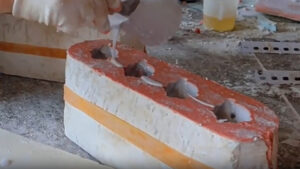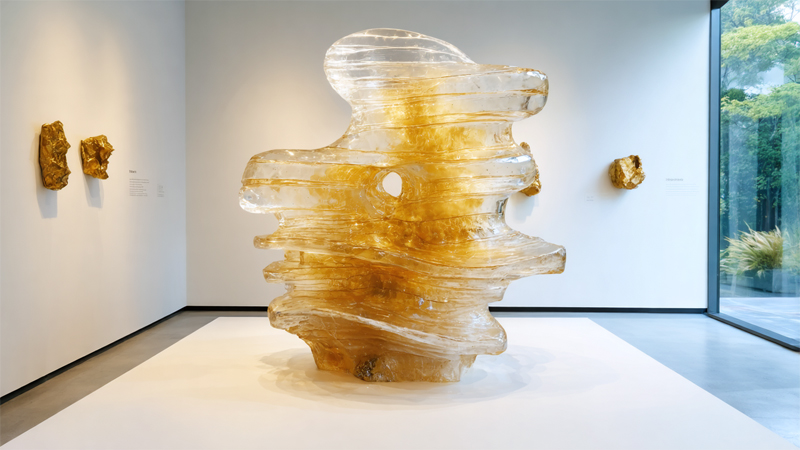
Resin sculpting transforms creativity into tangible art pieces.
Sculptural resin is a versatile material used by artists to create durable and intricate sculptures, offering endless possibilities for design and expression.
Let’s explore its fascinating world.
What types of resins are used in sculpting?
Sculptors choose from various resin types based on their project needs.
Epoxy, polyester, and polyurethane resins are commonly used in sculpting due to their durability, clarity, and ease of use.
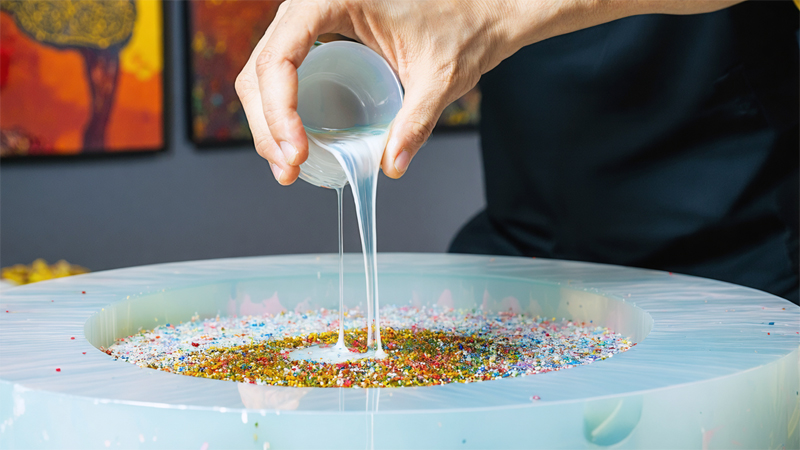
Delving into the different resin types reveals unique properties that cater to diverse artistic visions.
Epoxy Resin1
Epoxy resin is prized for its strong adhesive properties and high gloss finish. It's ideal for detailed work and creating transparent effects.
Polyester Resin2
Polyester resin is favored for its quick curing time and cost-effectiveness. It's suitable for larger sculptures where time efficiency is crucial.
Polyurethane Resin3
Polyurethane resin offers flexibility and impact resistance, making it perfect for sculptures that require durability and some degree of flexibility.
| Resin Type | Key Properties |
|---|---|
| Epoxy | High gloss, strong adhesive |
| Polyester | Quick curing, cost-effective |
| Polyurethane | Flexible, impact-resistant |
What properties make resin suitable for sculpture?
Artists value resin for its unique characteristics that enhance sculptural creations.
Resin's versatility, durability, and ability to mimic various materials make it an excellent choice for sculptors aiming for both aesthetic appeal and longevity.
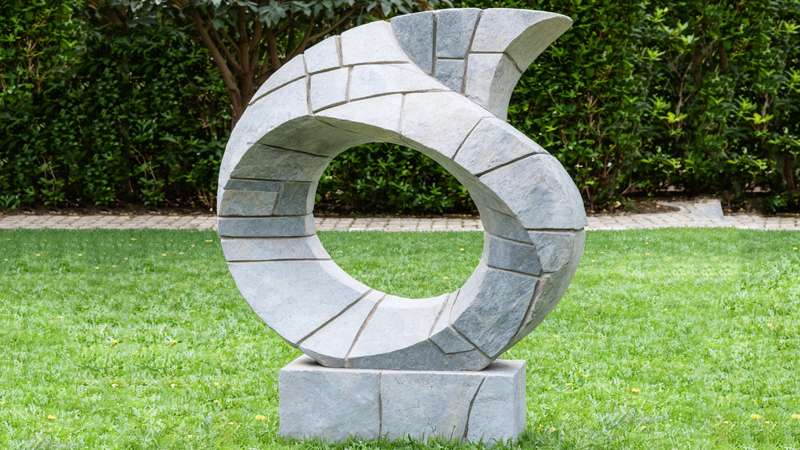
Understanding resin's properties helps artists harness its full potential in their work.
Versatility
Resin can be molded into countless shapes, allowing for intricate designs and complex structures.
Durability
Once cured, resin sculptures are resistant to cracking, fading, and environmental damage, ensuring lasting artworks.
Aesthetic Appeal
Resin can replicate the appearance of glass, stone, and metal, offering artists a wide range of visual effects.
Customizability
Artists can add pigments, glitter, and other additives to resin, tailoring the material to their specific artistic needs.
What techniques are used for working with sculptural resin?
Mastering various techniques is essential for creating stunning resin sculptures.
Techniques like casting, layering, and embedding allow artists to build depth, texture, and complexity in their resin artworks.
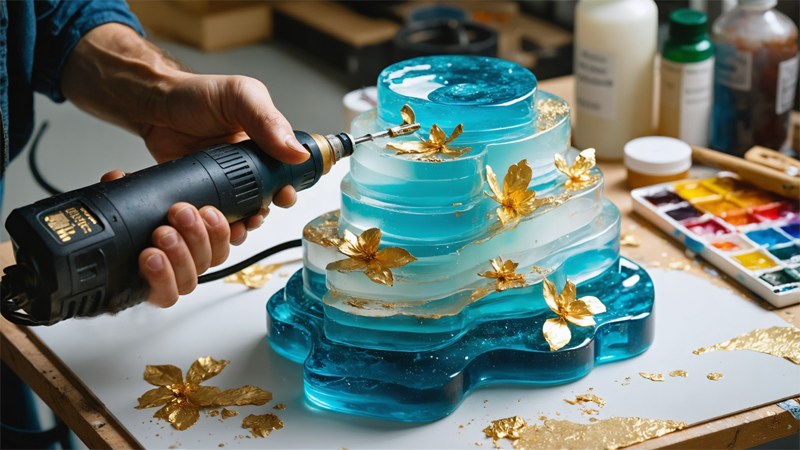
Exploring these techniques can elevate your resin sculpting skills to new heights.
Casting4
Casting involves pouring resin into molds to create precise shapes and details, perfect for replicating intricate designs.
Layering
Layering resin builds up depth and dimension, enabling artists to create multi-dimensional effects and rich textures.
Embedding
Embedding objects or materials within resin adds unique elements and personal touches to sculptures, enhancing their visual interest.
Finishing
Polishing and sanding resin surfaces achieve a smooth, professional finish, highlighting the sculpture's details and craftsmanship.
What innovations exist in resin sculpture materials?
The resin industry continually evolves, offering new materials that push the boundaries of sculptural art.
Innovations such as bio-based resins, enhanced UV resistance, and smart resins are expanding the possibilities for modern resin sculptors.
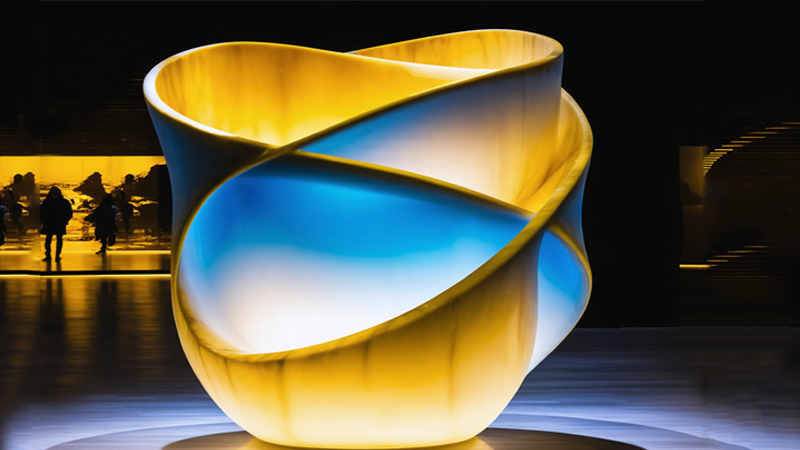
Staying updated with these innovations can inspire new creative directions and improve the quality of your resin sculptures.
Bio-Based Resins5
Eco-friendly bio-based resins reduce environmental impact while maintaining high performance, catering to sustainable art practices.
Enhanced UV Resistance
New resin formulations with improved UV resistance prevent discoloration and degradation, ensuring sculptures remain vibrant over time.
Smart Resins
Smart resins incorporate responsive features like color-changing properties or self-healing capabilities, adding interactive elements to sculptures.
Advanced Additives
Innovative additives allow for unique textures, increased strength, and other specialized properties, giving artists more control over their creations.
Conclusion
Resin sculpting blends creativity with material science for lasting art.
-
Linking "Epoxy resin" provides you with detailed information on its applications in art, enhancing your understanding of why it's preferred in sculpting. ↩
-
Linking "Polyester resin" offers you a comparison with epoxy resin, helping you make informed decisions based on your project requirements. ↩
-
Linking "Polyurethane resin" provides you with insights into its benefits, guiding you in choosing the right resin type for your needs. ↩
-
Linking "Casting" directs you to a step-by-step guide, enhancing your practical knowledge and technique proficiency. ↩
-
Linking "Bio-based resins" educates you on sustainable options, aligning with your eco-friendly artistic practices. ↩


